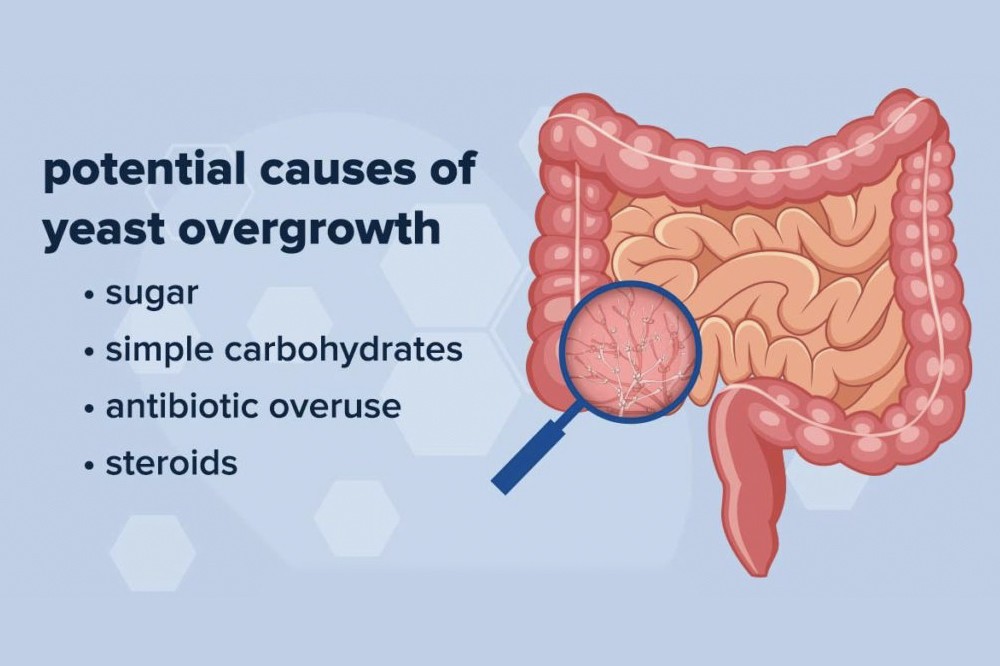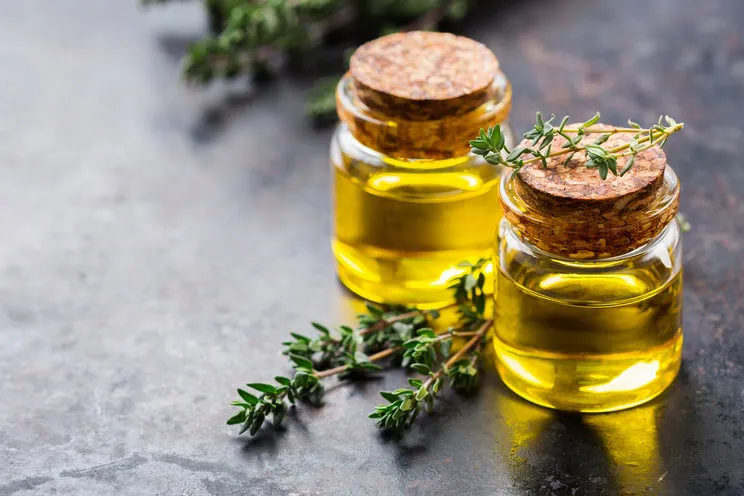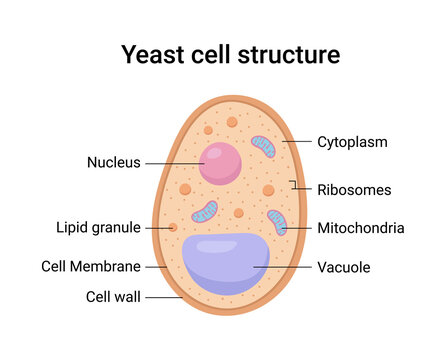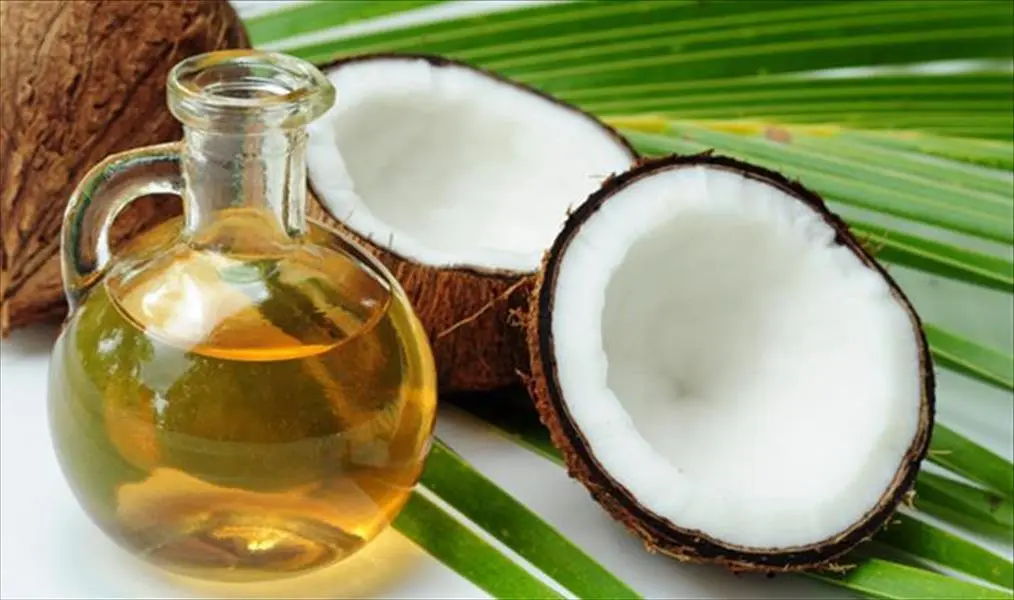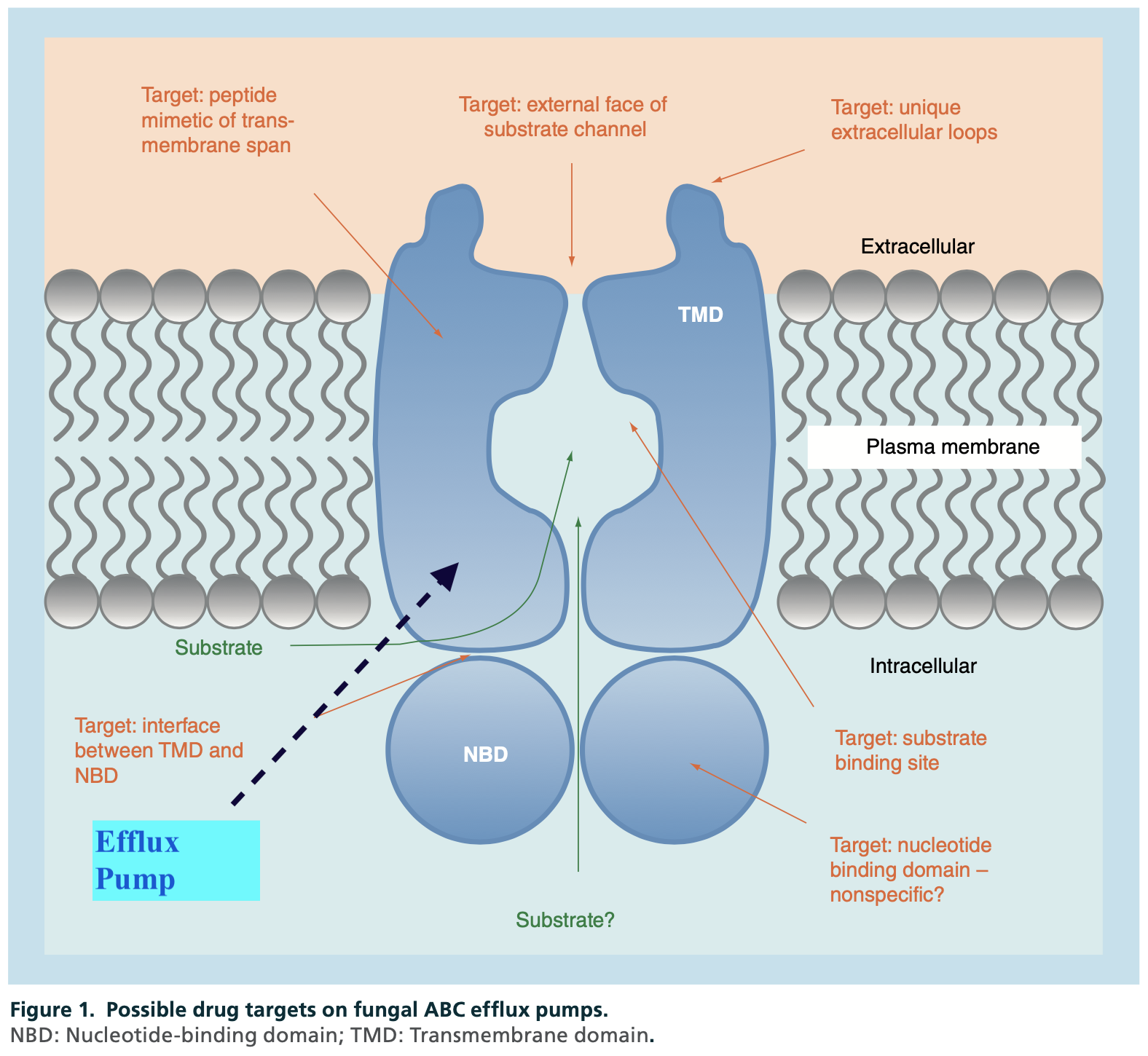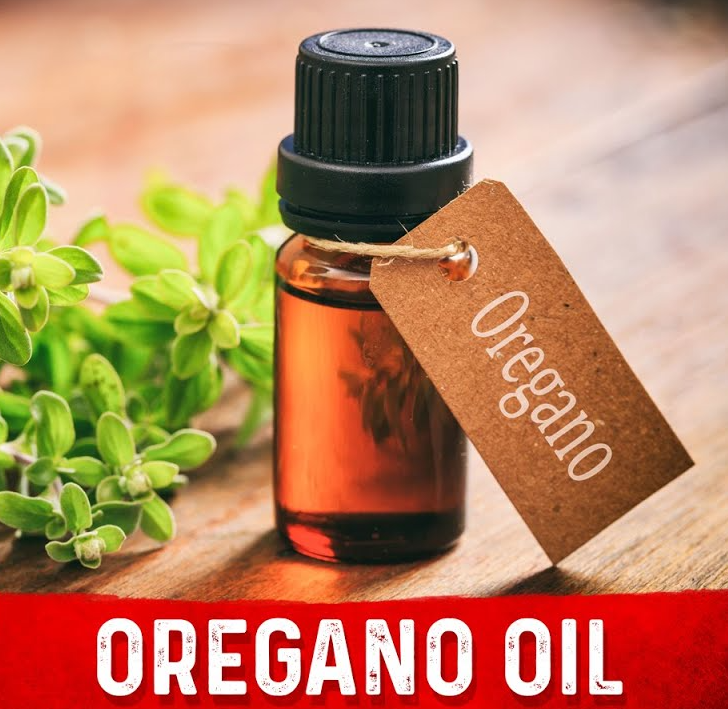INTRODUCTION
Small intestinal fungal overgrowth (SIFO) is a condition characterized by an excessive concentration of fungal microorganisms inhabiting the small intestine (SI).1 This condition is often found amongst those who use antibiotics, antacids, the immunocompromised, and individuals who have poor gut motility (i.e., constipation).1(1) Having covered SIFO and nutritional interventions in previous articles, I will briefly review the same while placing heavier emphasis on supplemental interventions as a complementary protocol.
SYMPTOMS
People who suffer from SIFO report multiple symptoms to include belching, indigestion, bloating, diarrhea (leading to nutrient deficiencies), nausea, and gas.1(1) Pease see below link for additional information on SIFO and its causes.
LINK: Small Intestinal Fungal Overgrowth (SIFO)
NUTRITIONAL INTERVENTIONS
In previous articles, I have covered the value of low carbohydrate protocols to help manage SIFO, among other conditions. Please see the link below for further information.
LINK: Small Intestinal Fungal Overgrowth (SIFO) and Nutritional Interventions
SUPPLEMENTAL INTERVENTIONS
As noted, low carbohydrates diets can starve fungus in the digestive tract over time. However, there are other natural/complementary protocols, which can inhibit proliferation, and kill, fungus upon contact.
1.Thyme Extract
Thyme is an herb containing small leaves, which grow in clusters on thin stems common in the Mediterranean region. Of particular interest is Thymus pulegioides, due to its high thymol and carvacrol content; compounds that exhibit strong anti-fungal effects.1 In-vitro (cell) studies by Pinto et al2(1371) indicted that thyme extract exerted its effects upon fungal cells, over a 5-minute exposure period, by way of primary lesion (penetrating) of the cell membrane. Destabilizing the cell membrane is analogous to bursting a balloon; a process that destroys the ability of fungus to grow and proliferate.
2.Caprylic Acid
Caprylic acid is a fatty acid found within coconut oil. Coconut oil is made primarily of medium chain triglycerides (MCTs) defined by their 6-12 carbon lengths. Caprylic acid is one such medium chain triglyceride, constituting 6-8% of fats found in coconut oil.3 In-silico (computer simulation) studies by Bhattacharyya et al4 suggested that caprylic acid penetrates and disrupts fungal cellular membranes (like thyme).
Furthermore, fungal cells often produce a film (biofilm) allowing for adherence (like glue) and protection from environmental stressors (pH changes, antimicrobial agents), host immune defences, and anti-fungal medications.10Candida albicans cells also contain small proteins on their surfaces known as efflux pumps (see pic below).9 Such pumps are used by fungal cells to remove substances (i.e., antifungal medications) that could negatively impact their metabolic machinery, lifespan, and proliferation.9(1496) Interestingly, caprylic acid has also been shown to breakdown such films and pumping mechanisms, thereby exposing and destabilizing fungal cell defences.5
3.Oil of Oregano
Oil of oregano, from the plant Origanum vulgare, is an essential oil, which contains carvacrol, thymol, and eugenol; compounds known to have potent antifungal activity.6 Similar to caprylic acid, oil of oregano also has the capacity to evade fungal biofilm defences, with carvacrol possessing the most effective means to do so.6(5062) In addition to mitigating biofilms and destabilizing cell walls, researchers have also suggested that antifungal compounds may disrupt enzymes used in cellular energy production within mitochondria (see link below on the critical nature of mitochondria); crippling fungal cell growth and proliferation.7
LINK: Mitochondria and Relationships to Health
AN ADDITIONAL NOTE
Although I have outlined 3 supplements which can penetrate and breakdown candida biofilms, efflux pumps, cell wall stability, and cellular energy production, it should be noted that simultaneous use of such supplements has shown synergistic effects.8 When using the above essential oils separately during in vitro studies, Bae and Ree8(285) noted some destruction of fungal cell membranes (up to 36.5%%) and efflux pumps (up to 31.3%) with caprylic acid, while even less cell membrane destruction (up to 6.9%) and efflux pump destruction (up to 29.6%) was observed with thymol/carvacrol oils.8(285) However, combining caprylic acid with carvacrol or caprylic acid with thymol caused over 83.1% destruction/irreversible damage to fungal cell membranes and over 95% destruction of efflux pumps.8(285) Such basic research suggests value in combination therapies for addressing SIFO.
CONCLUSIONS
SIFO is a condition characterized by an excessive concentration of fungal microorganisms inhabiting the small intestine. This condition is often found amongst those who use antibiotics, antacids, the immunocompromised, and individuals who have poor gut motility (i.e., constipation). Although low carbohydrate diets can deny Candida albicans of its fuel source, supplemental interventions using combined caprylic acid/thymol/carvacrol protocols would likely destabilize and destroy fungal cells in a direct fashion. Ultimately, such a combination of low carbohydrate intake with targeted essential oil use is likely to have a larger overarching effect in mitigating SIFO, rather than implementing each intervention as a stand-alone modality.
References
1. Erdogan A, Rao SCC. Small intestinal fungal overgrowth. Curr Gastroenterol Rep. 2015;17(4):1-7. doi:https://doi.org/10.1007/s11894-015-0436-2.
2. Pinto E, Pina-Vaz C, Salgueiro L, et al. Antifungal activity of the essential oil of thymus pulegioides on candida, aspergillus and dermatophyte species.J Med Microbiol. 2006;55(Pt 10):1367-1373. doi:10.1099/jmm.0.46443-0.
3. Norgren J, Sindi S, Sandebring-Matton A, et al. Ketosis after intake of coconut oil and caprylic acid with and without glucose: A cross-over study in healthy older adults.Front Nutr. 2020;7:40. doi:10.3389/fnut.2020.00040.
4. Bhattacharyya A, Sinha M, Singh H, et al. Mechanistic insight into the antifungal effects of a fatty acid derivative against drug-resistant fungal infections.Front Microbiol. 2020;11:2116. doi:10.3389/fmicb.2020.02116.
5. Rosenblatt J, Reitzel RA, Vargas-Cruz N, et al. Caprylic and polygalacturonic acid combinations for eradication of microbial organisms embedded in biofilm.Front Microbiol. 2017;8:1999. doi:10.3389/fmicb.2017.01999.
6. Rao A, Zhang Y, Muend S, Rao R. Mechanism of antifungal activity of terpenoid phenols resembles calcium stress and inhibition of the TOR pathway.Antimicrob Agents Chemother. 2010;54(12):5062-5069. doi:10.1128/AAC.01050-10.
7. Cleff MB, Meinerz AR, Xavier M, et al. In vitro activity of origanum vulgare essential oil against candida species.Braz J Mircobiol. 2010;41(11):116-123. doi:10.1590/S1517-838220100001000018.
8. Bae YS, Rhee MS. Short-term antifungal treatments of caprylic acid with carvacrol or thymol induce synergistic 6-log reduction of pathogenic candida albicans by cell membrane disruption and efflux pump inhibition. Cell Physiol Biochem. 2019;53:285-300. doi:10.33594/000000139.
9. Holmes AR, Cardno TS, Strouse JJ, et al. Targeting efflux pumps to overcome antifungal drug resistance. Future Med. Chem. 2016;8(12):1485–1501. doi:https://doi.org/10.4155/fmc-2016-0050.
10. Kernien JF, Snarr B, Sheppard D, et al. The interface between fungal biofilms and innate immunity. Front Immunol. 2018;8(1968):1-10. doi:10.3389/fimmu.2017.01968.
-Michael McIsaac

